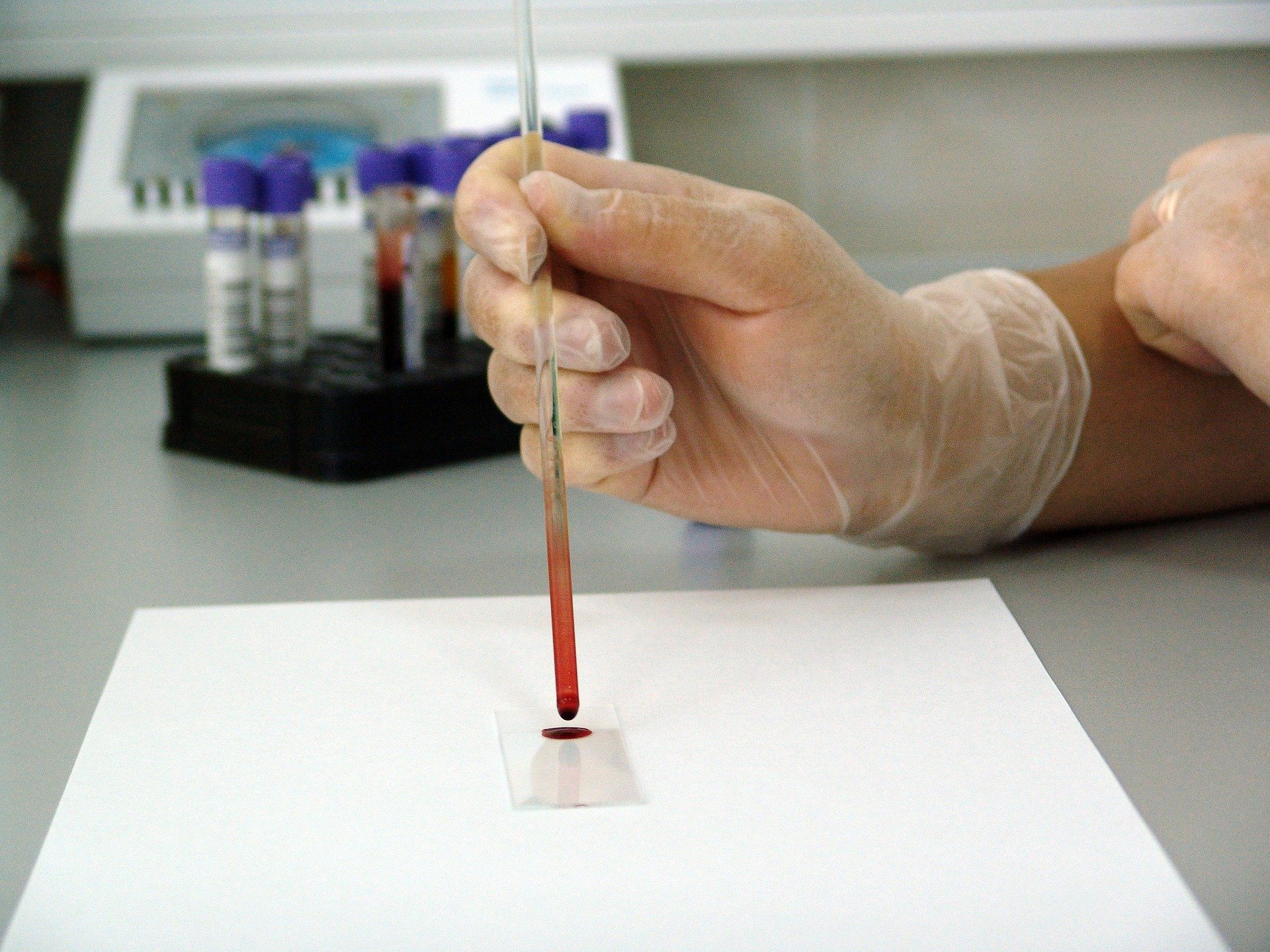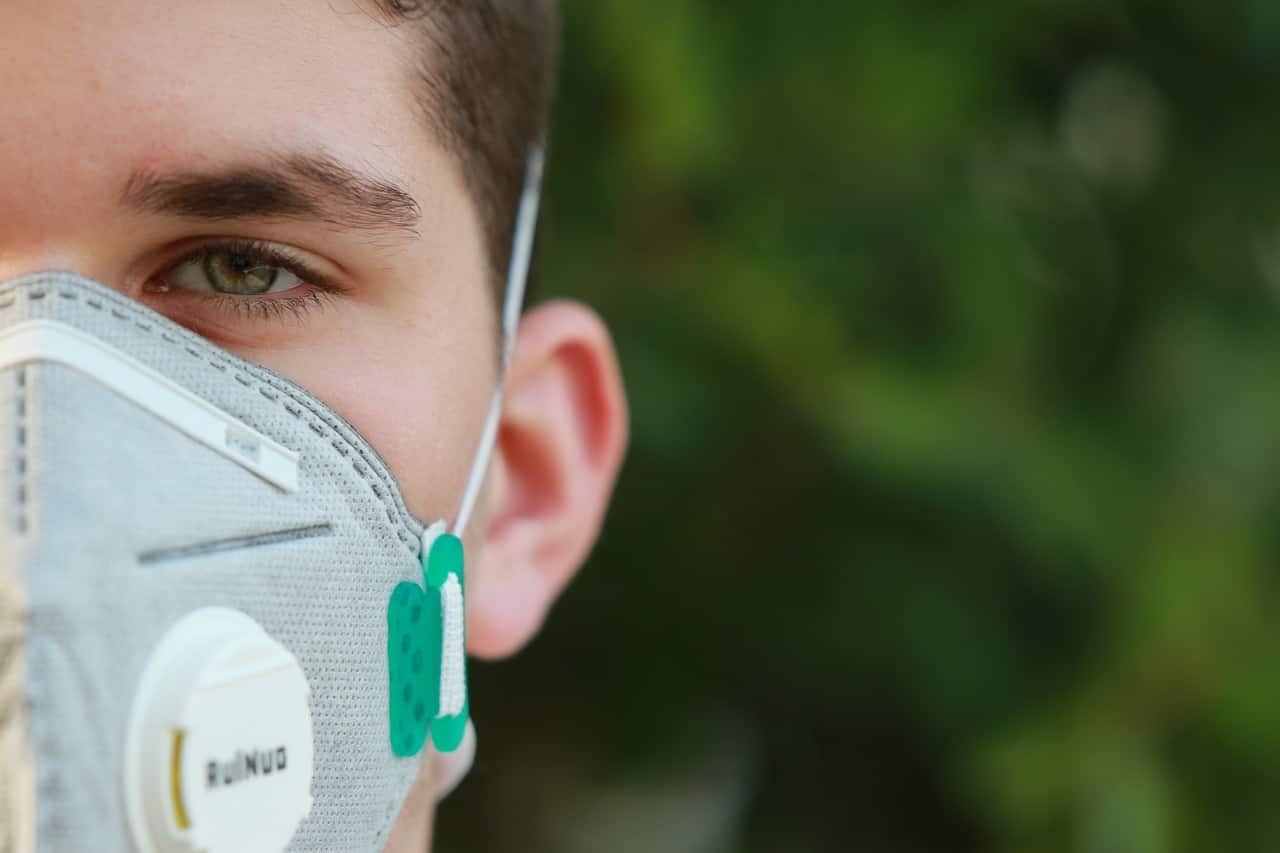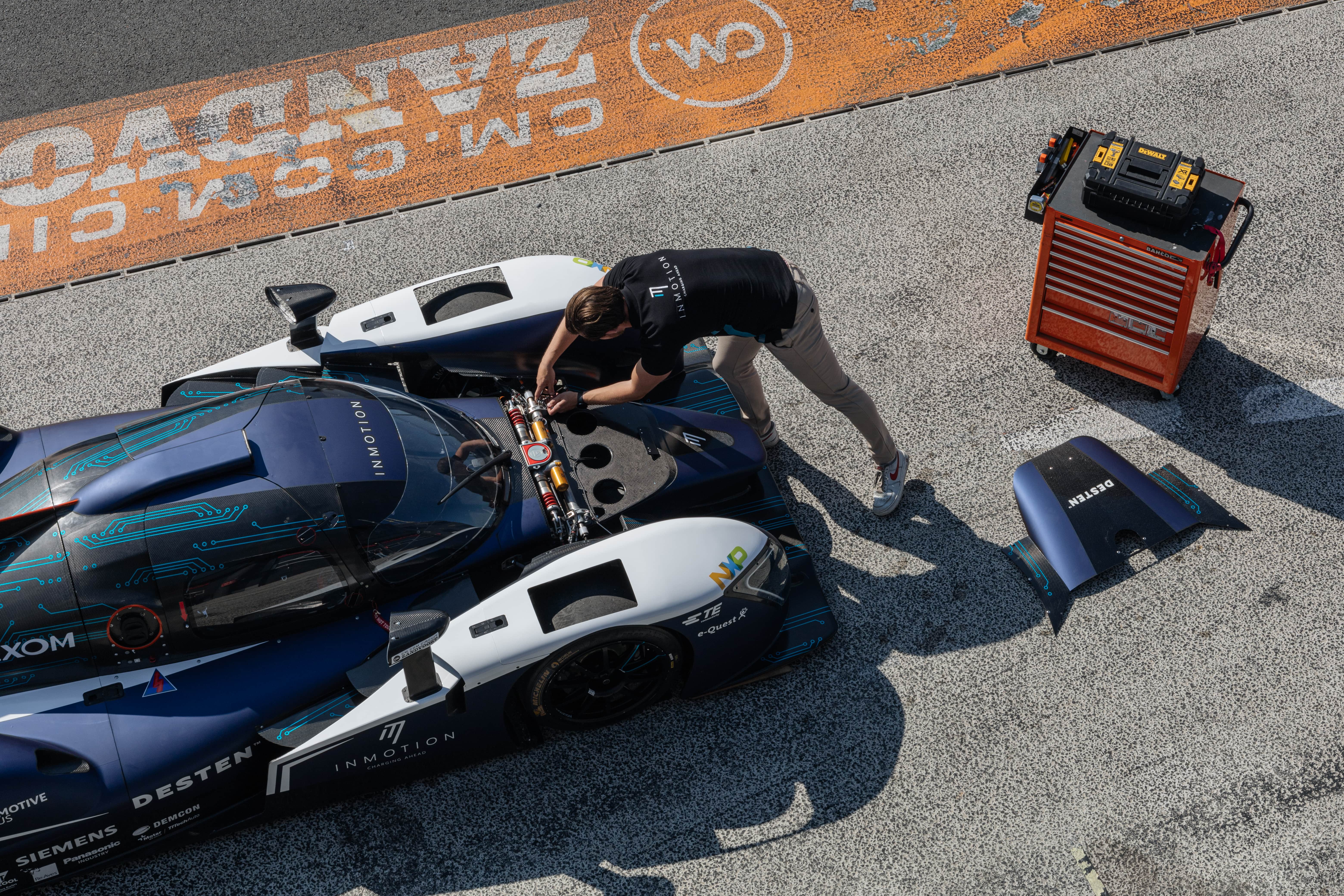
Until now, a test to detect antibodies against the COVID-19 pathogen SARS-CoV-2 in the blood has usually required a whole day to obtain a result, since the blood sample must first be sent to a laboratory. Researchers at the German University of Tübingen and the Brazilian University of Paraná have now developed a rapid test that delivers a result in just 12 minutes. As the team reports in the journal ACS Sensors, the new method can be carried out without expensive instruments, using only a simple measurement principle. It is therefore also suitable for mobile testing stations or for laboratories in economically less developed regions. The new diagnostic method is also significantly faster than the so-called ELISA method, which has been the standard in laboratory diagnosis of antibodies for decades, they said.
“Only a small amount of sample is needed for the test: Just one drop containing two microliters of serum is sufficient,” says the study’s principal author, Professor Luciano F. Huergo of the University of Paraná. “In addition, it is possible to use whole blood, so the separation of soluble blood components normally required can be omitted for diagnosis.” As a result, he said, the test can be performed on-site at nursing and testing stations. “An equipped laboratory, as well as the use of specialized equipment, are not necessarily required to perform it.” And because the overall reaction time is 15 times shorter than that of the classic ELISA test, hundreds of samples can be tested in just a few hours, he said.
Possible use in seriously ill and recovered patients
The basis of the new rapid test method is magnetic nanoparticles coated with viral antigens. For the test, blood serum or blood is applied to the test surface. After about two minutes, the nanoparticles are washed and treated with a developing reagent. If coronavirus antibodies are present in the blood sample, a color change occurs. Best of all, the result is available after just twelve minutes. With the traditional ELISA test, this takes about three hours.
In general, antibodies against the SARS-CoV-2 virus form 11 to 16 days after the onset of symptoms. However, patients may have antibodies in detectable concentrations as early as two to four days after the first symptoms of illness. An immunological test could therefore serve as an additional tool to identify infected people who tested as false negatives in the PCR test, for example.
‘Better than ELISA method’
“Our test performed better than the ELISA method, especially for samples with low antibody titers,” said Professor Karl Forchhammer of the Interfaculty Institute of Microbiology and Infectious Medicine at the University of Tübingen. “The method worked with a sensitivity of 87 percent as well as a specificity of 99 percent of the COVID-19 samples tested.” Positive and negative results were detectable with the naked eye. Huergo explains that the precision of the rapid test could be further increased by using additional instruments, such as a microplate reader. “Another advantage over the ELISA method is that the color result of our new method is directly proportional to the antibody concentration. In other words, the new method provides data on the quantity of antibodies, not just their presence or absence.”
A milestone in development
As the study shows, this new technology can also be adapted to the serological diagnosis of other diseases. According to Professor Huergo, the new technique has the potential to replace the ELISA test which has been in use since the 1970s. “We believe this technique represents a milestone in the development of immunological diagnostics.”
The scientists anticipate that the new method will be available in the future at a cost similar to that of the ELISA test. “The test requires minimal instrumentation at all stages of production and will now be evaluated with a larger number of samples, and also for mass production,” said Dr. Khaled Selim, the leader of the German team at the University of Tübingen. “We believe that this rapid and quantitative method for detecting SARS-CoV-2 antibodies can help track cases of COVID-19, especially in middle-income countries like Brazil that don’t have the luxury of regular PCR-based testing as part of their health care.”
For more articles on SARS-CoV-2, click here.







